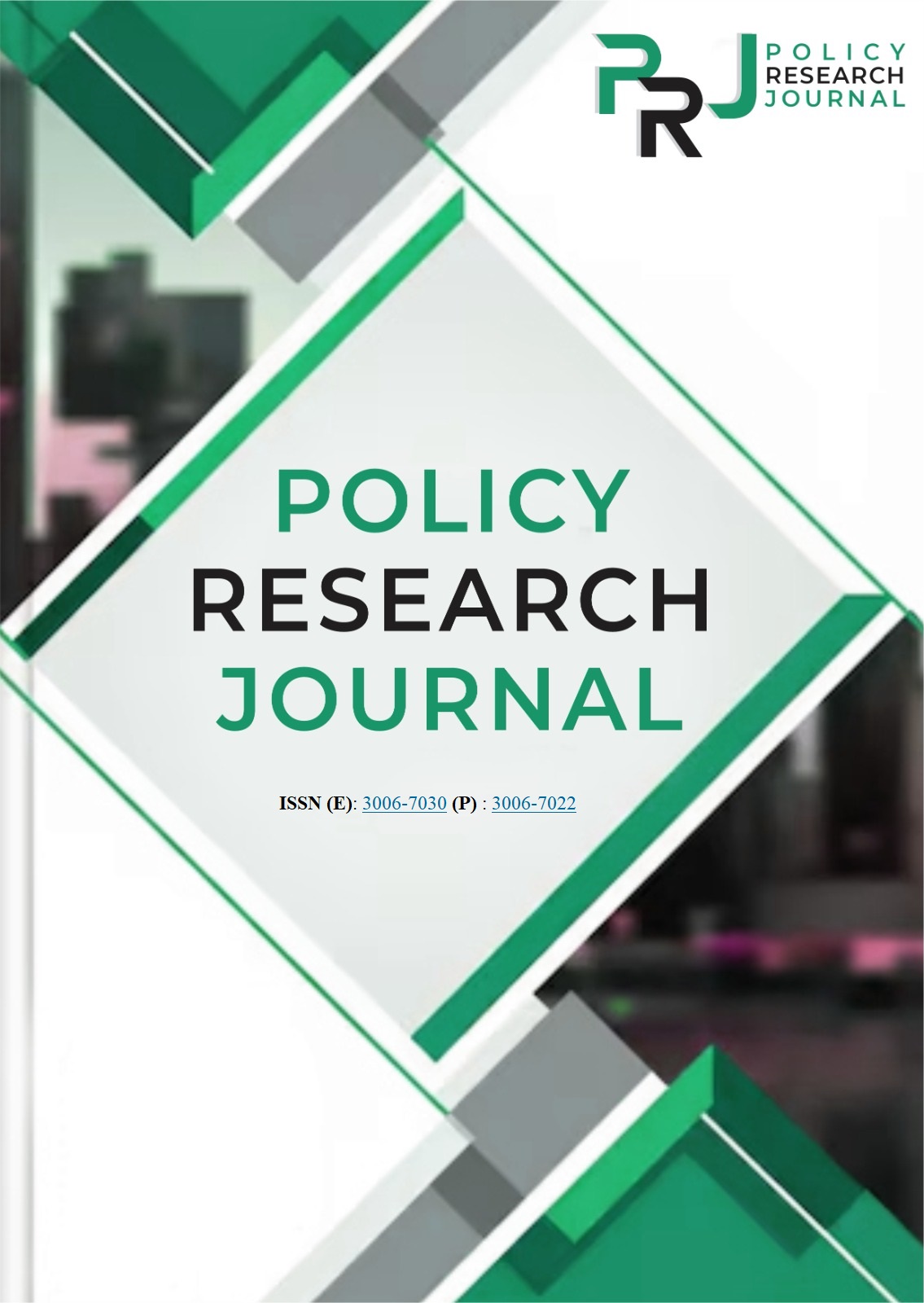EVALUATING READINESS FOR DIGITAL AND AI TECHNOLOGY INTEGRATION TO ADOPT INDUSTRY 4.0 AND ITS EFFECT ON PRODUCTIVITY IN PUBLIC SECTOR HEALTHCARE OPERATIONS: A QUANTITATIVE ANALYSIS
Keywords:
AI, Digital Literacy, Industry 4.0, Public Sector, Productivity, Digital readiness, TAM.Abstract
Background: This quantitative study uses the Organizational Readiness for Change (ORC) theory and the Technology Acceptance Model (TAM) to assess how prepared the public sector healthcare systems in Gujranwala are to integrate digital and AI technologies and what effects this will have on productivity. Digital and AI technologies have the potential to revolutionize healthcare, but adoption in the public sector is hampered by issues like worker preparedness, resource limitations, and legal barriers.
Methodology: Data is gathered from management, IT, and healthcare workers in two public healthcare facilities using standardized questionnaires. Descriptive statistics, reliability evaluations, and correlation analyses are used in the analytic process.
Results: The results show that respondents have a favorable attitude towards adopting technology, with levels of preparedness ranging from moderate to high. The acceptability of technology is significantly influenced by organizational readiness, highlighting the need of leadership.
Conclusion: The study's implications underscore the necessity of tackling perceived obstacles, cultivating leadership backing, and advocating for cooperation to augment technology integration in public healthcare. Suggestions encompass allocating funds for resources and educational initiatives, involving leaders, and establishing a supportive atmosphere for novelty. A small sample size and a concentration on quantitative analysis are two limitations that point to potential directions for future research. These include qualitative and longitudinal methods to gain a deeper understanding of the dynamics of technology adoption and the efficacy of interventions in public sector healthcare settings.

















